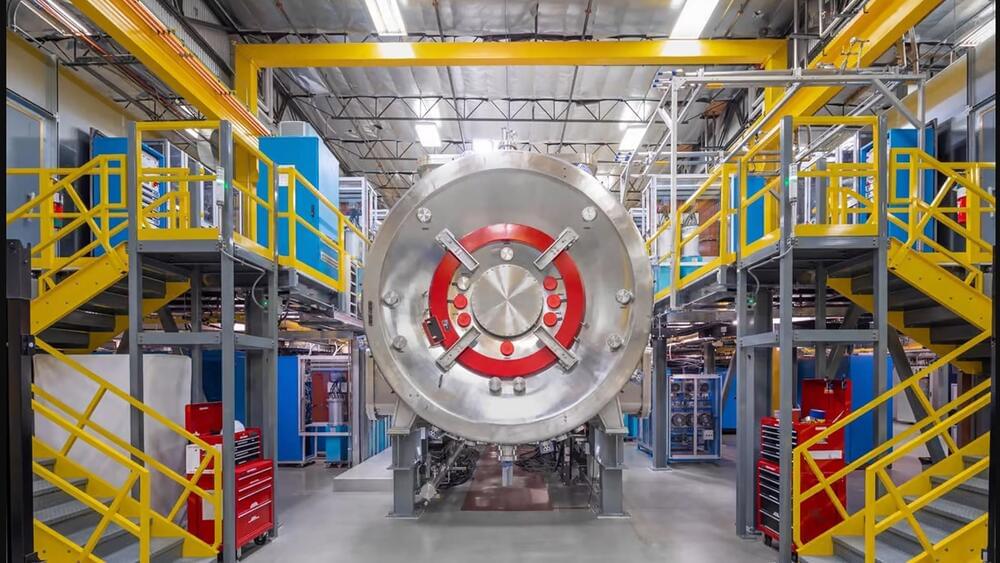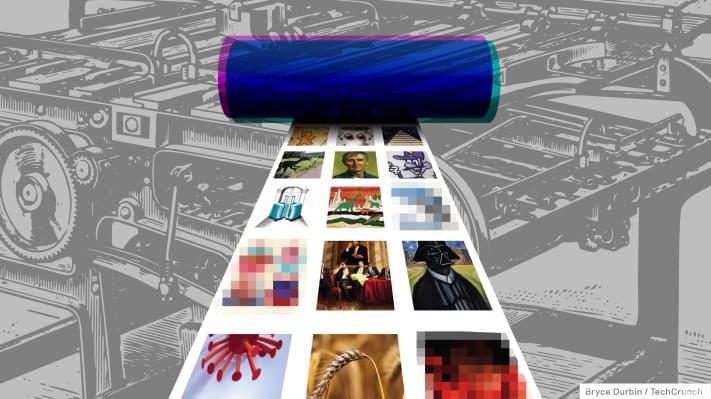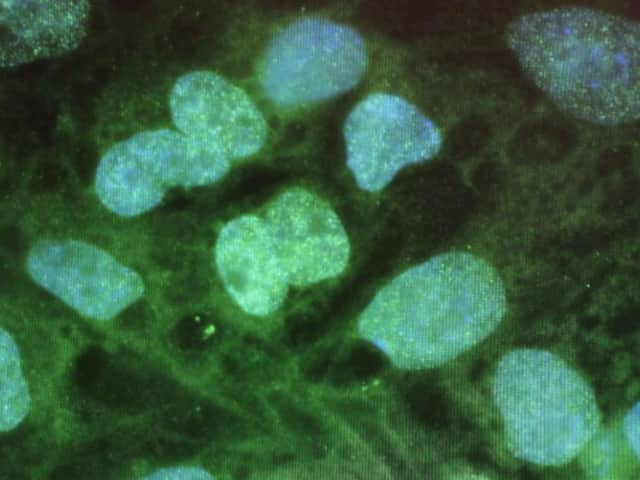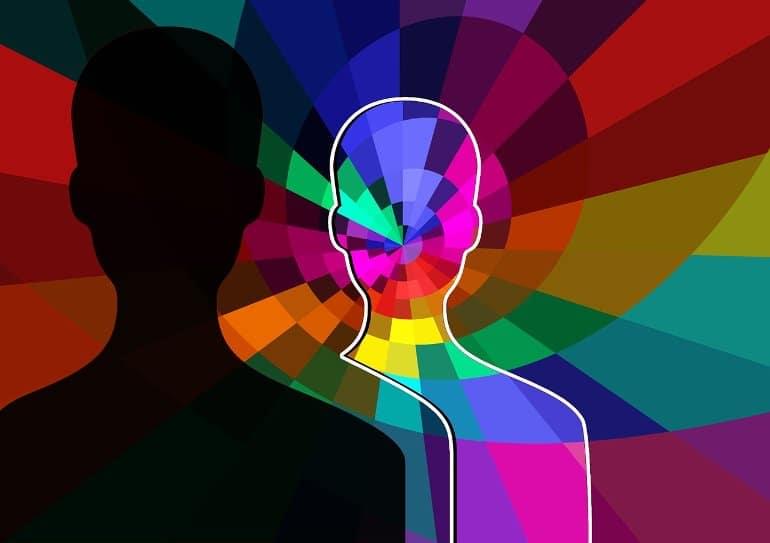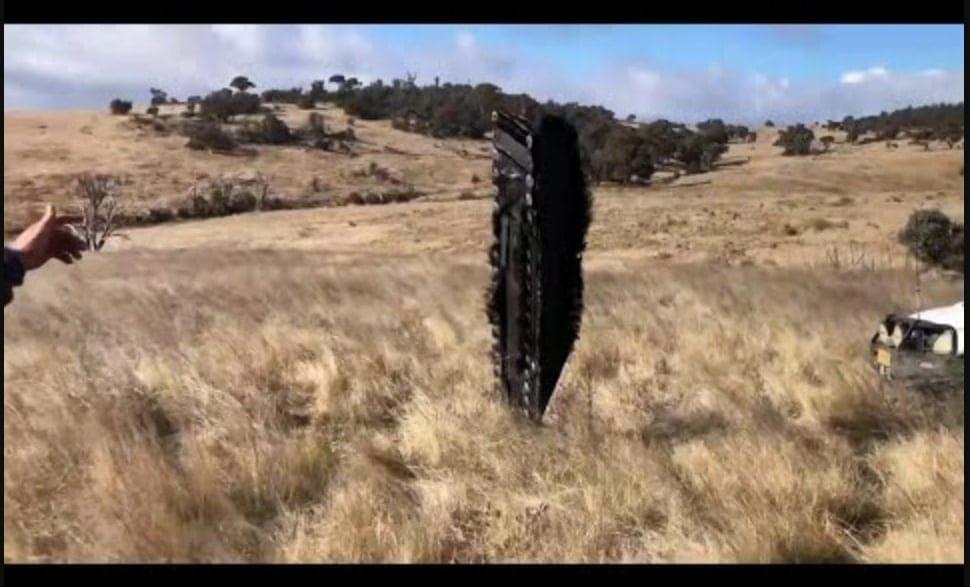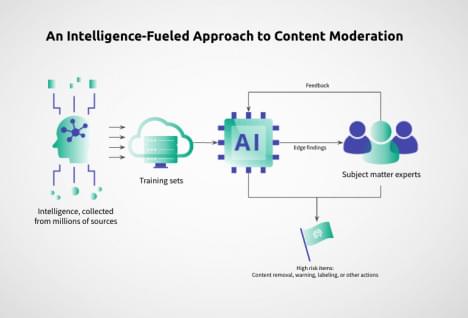TAE’s latest backers include the likes of Google and Chevron
TAE has earned the backing of forward-thinking investors and, so far, has raised a total of $1.2 billion for its commercial fusion development thanks to a track record of exceeding milestones and performance capability. TAE’s mission is to provide a long-term solution to the world’s rapidly increasing electricity demand while ensuring global energy independence and security.
To that end, the company recently closed its Series G-2 financing round, in which it secured $250 million from investors in the energy, technology, and engineering sectors. By avoiding carbon and particulate emissions, TAE’s safe, non-radioactive method minimizes any negative effects on the environment or the effects of climate change.
